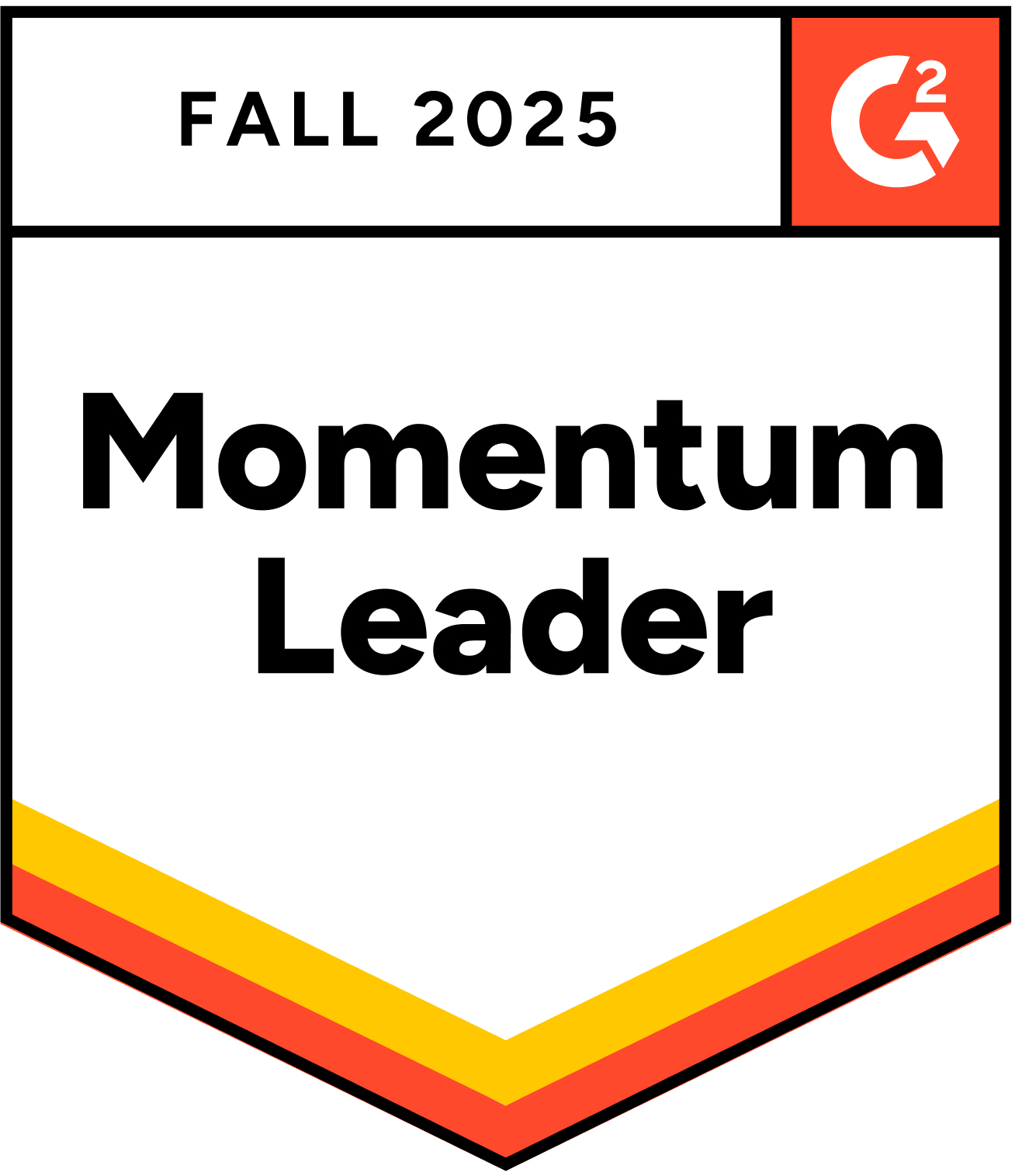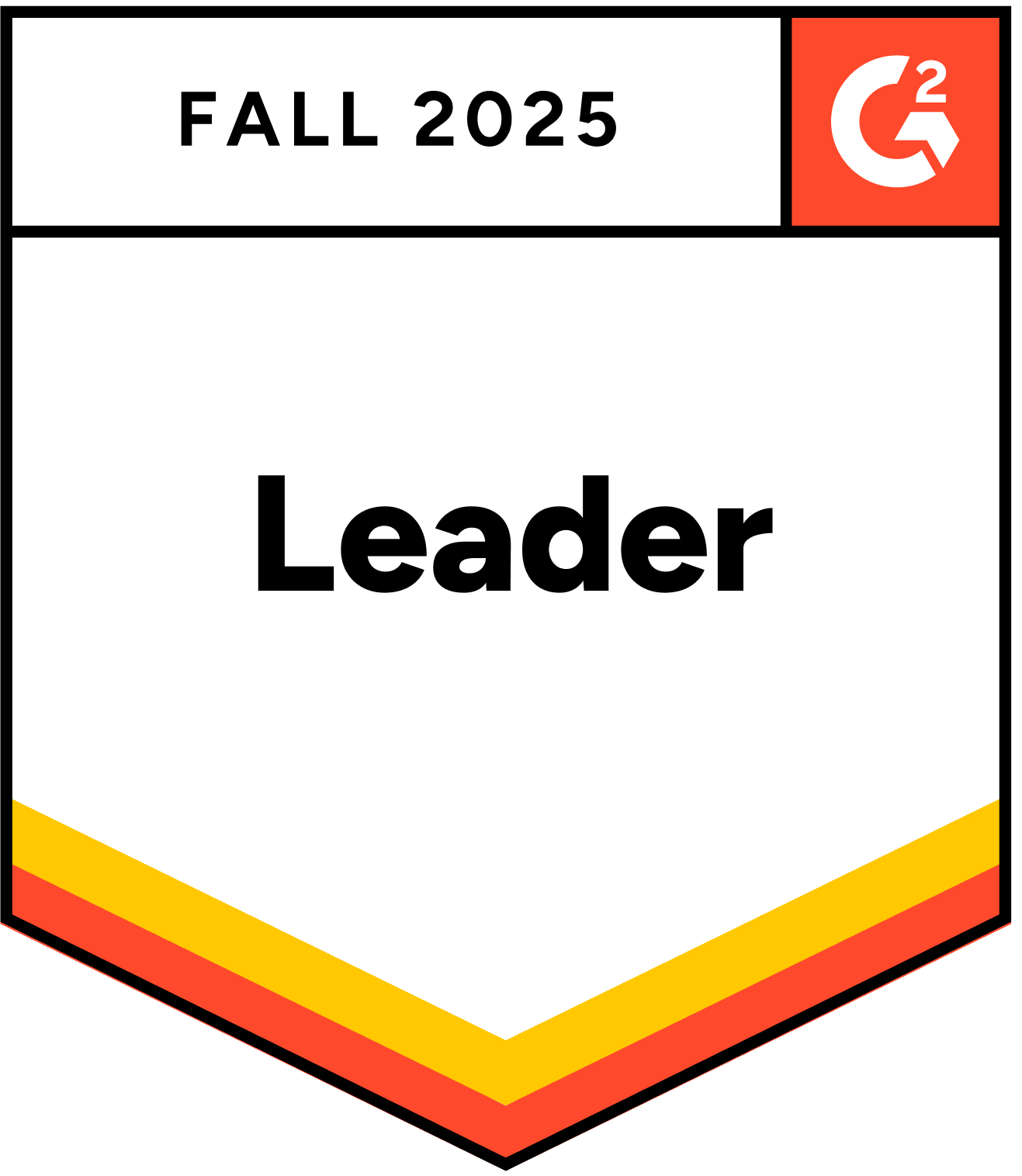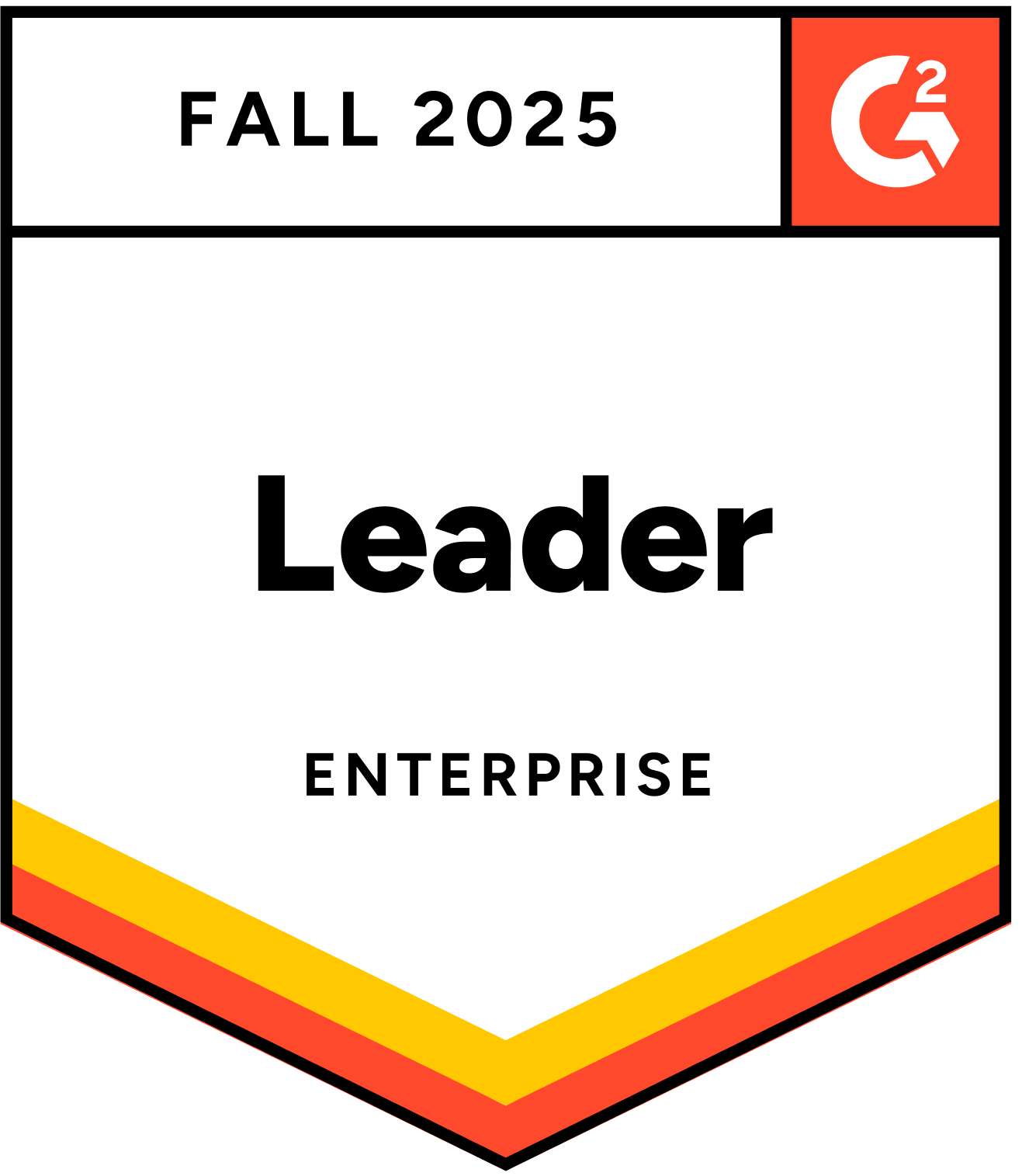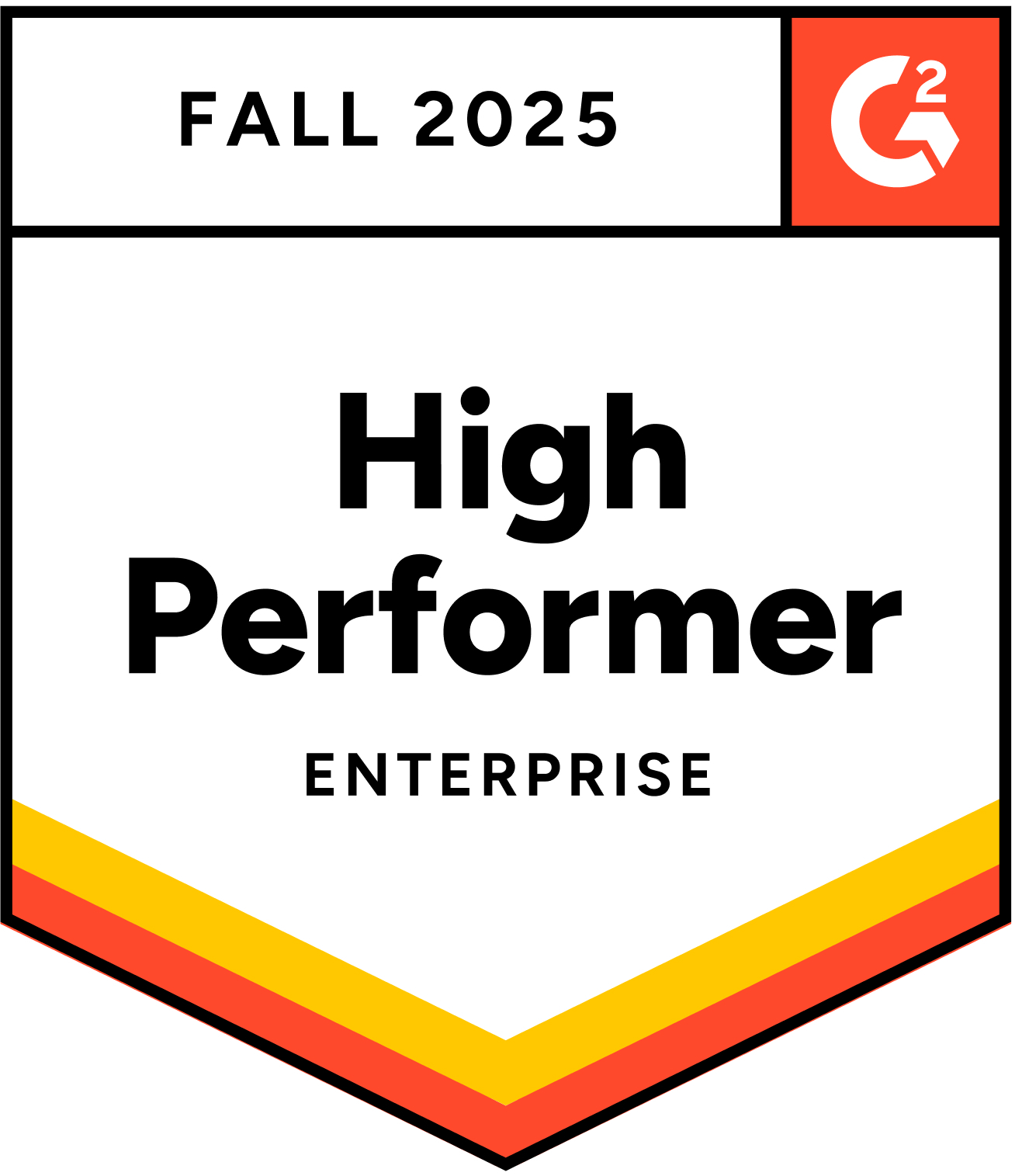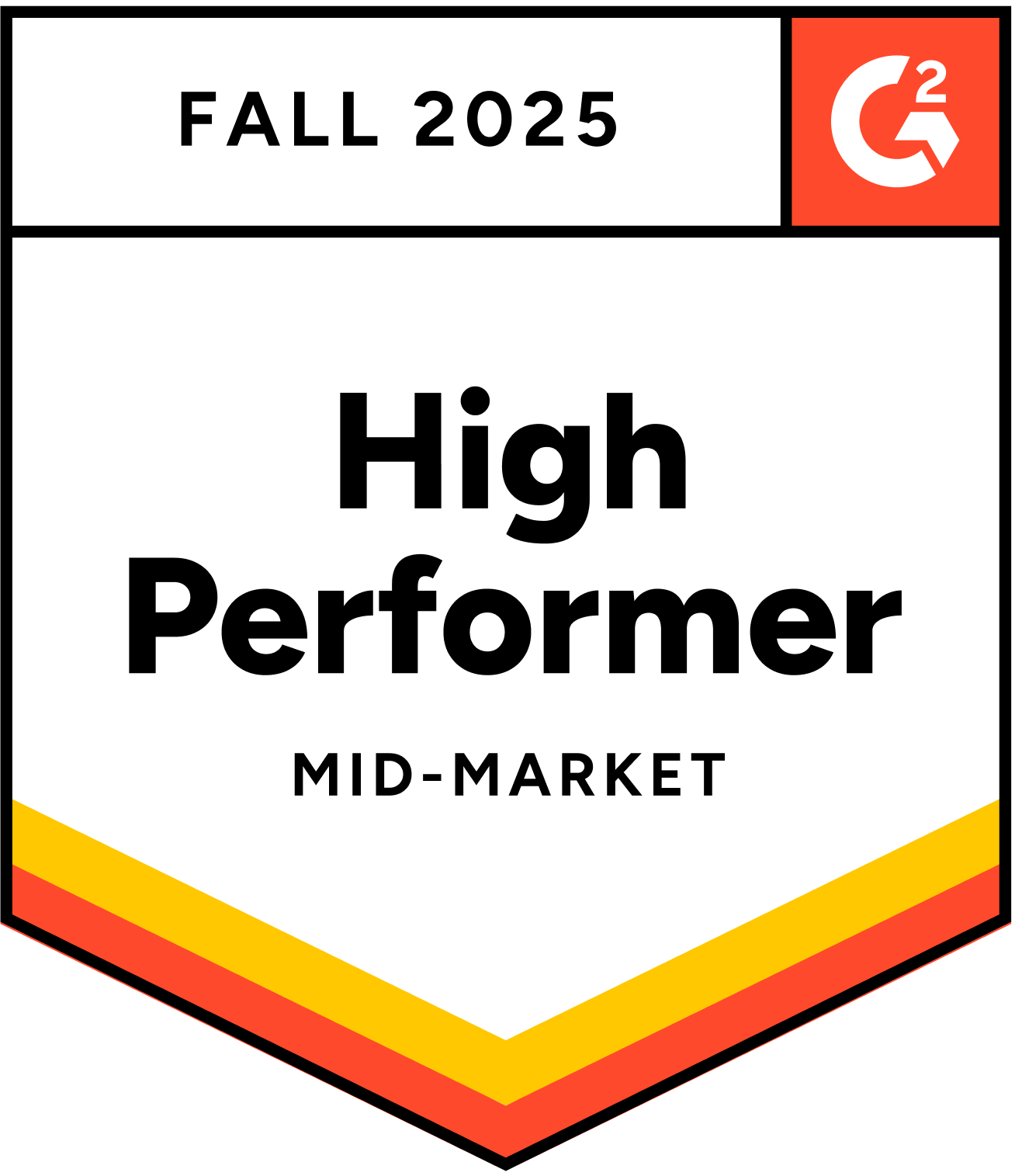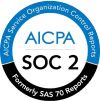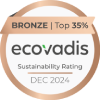Summary –
AI is transforming the staffing industry by helping firms move faster, hire smarter, and compete more effectively for top talent. From intelligent candidate matching and automated screening to predictive insights and chatbots, AI tools are streamlining workflows and reducing bias. For staffing leaders, this shift isn’t about replacing recruiters – it’s about giving them the data and automation they need to win the talent wars of 2025.
The staffing industry has weathered disruption before, but today’s transformation runs deeper.
AI has moved from conference keynotes to quarterly budgets, becoming the lever that separates leaders from laggards.
This whitepaper draws from a closed-door roundtable hosted by Joveo at the SIA Executive Forum, where senior staffing leaders shared firsthand how they’re navigating AI tools, legacy platforms, and changing candidate behavior.
The leaders in the room agreed: future-ready staffing depends not on technology alone, but on how well people, processes, and platforms are aligned.
This paper offers a grounded view of where staffing is headed and the systems that will define its future.
INTRODUCTION
Three fundamental shifts are forcing staffing firms to rethink their operations:
- Candidates now expect consumer-grade experiences
- App-based platforms are stealing market share
- Traditional efficiency metrics no longer predict success
The firms winning this transition aren’t just adopting AI – they’re using it to solve specific problems at the intersection of these three pressures. This paper reveals how they’re doing it, based on insights from senior leaders at Joveo’s SIA Executive Forum roundtable.
Serving Candidates Like Customers: How Expectations Are Shifting
“COVID was a reset,” one roundtable leader explained. “Not just for how we operate, but for what candidates expect from us.” Today’s candidates expect proactive communication, personalized experiences, and flexibility built into the process from day one.
That shift is measurable. A global survey of 35 countries found that 83% of workers rank work-life balance and wellbeing above compensation. In the US, nearly 60% of candidates say flexibility is non-negotiable, and 90% want transparency in pay before they apply.
The response isn’t cosmetic – it’s architectural. Leading firms are rebuilding engagement workflows around candidate behavior, not internal job requisition cycles. From preferred channels (text over email) to intent signals (like reactivating dormant profiles), firms are building engagement playbooks that adapt to how talent actually behaves.
One firm shared how they’ve integrated behavior-based nudges into their CRM – automating check-ins when candidates browse roles but don’t apply, or when they go inactive after a phone screen. Another is layering AI into follow-up cadences, shortening response time by 60% and cutting ghosting complaints in half.
The best implementations feel personal to candidates while running on automation behind the scenes. That’s the new definition of operational maturity.
The Platform Pressure: Competing With New-Age Talent Marketplaces
App-based staffing platforms like Upwork, ConnectRN, and Wonolo, are scaling fast and setting a new bar for experience. These platforms offer real-time matching, transparent listings, and seamless mobile UX. They’re winning over talent, especially early in the journey when convenience matters most.
According to The Insight Partners, the on-demand staffing platform market is projected to more than double – growing from $168.48 million in 2022 to $386.24 million by 2028, with a CAGR of 14.8%.
One reflection from the roundtable stood out: “We’re getting hit right now because we’re losing market share to these digital platforms that are coming up.”
But early adopters haven’t always had success. One firm rolled out a digital staffing app a decade ago but struggled with poor adoption on both sides. “We lost because we tried to force everyone onto the app,” they admitted.
That failure wasn’t just bad UX or poor timing. It came down to misreading readiness.
Candidates often won’t download an app unless they’re being paid through it or required to accept assignments inside it. And clients aren’t always set up to submit job requests digitally, especially when dealing with multiple suppliers.
And “readiness” doesn’t look the same for everyone. It depends on the worker segment, the client’s digital maturity, and whether the platform is offering something worth the switch.
The failure taught these staffing professionals to ask different questions:
- Can we win on convenience, or should we compete on relationships?
- Are our candidates mobile-first, or do they prefer desktop workflows?
- Do we have the internal capability to maintain a platform, or should we partner?
There’s no universal answer. But indecision is costly. It means slower time to market, fewer placements, and falling behind platforms that are already earning candidate loyalty.
Redefining Efficiency: KPIs, Fill Rates, and the Productivity Puzzle
Traditional staffing metrics – submittals per recruiter, time-to-fill, and many more – assume endless candidate supply. But when talent is scarce, efficiency means maximizing every candidate relationship, not just processing more applications.
Staffing leaders aren’t chasing transformation for its own sake. They’re focused on real gains – more submittals per week, faster time-to-fill, and tools that save time without forcing a full system overhaul.
One of the biggest missed opportunities is right inside most firms’ ATSs: the candidate database.
Several leaders noted how quickly candidates go cold – often just six to eight months after entering the system. And yet, it can cost three to five times more to source a new candidate than to re-engage one already in your pipeline. With the right message at the right time, firms are filling roles faster by reactivating known talent.
Of course, the strategy varies by market position.
VMS suppliers need speed – they win with same-day candidate presentations. Preferred partners compete on quality – they win with candidates who stay longer and perform better. Smart reactivation serves both: it’s faster than sourcing and delivers higher-quality matches because you already know the candidate’s preferences and performance.
Internally, teams are also testing AI copilots to reduce grunt work: interview transcription, submittal drafting, and follow-ups. The goal isn’t just automation – it’s output.
Tools are multiplying, but results aren’t. Unless AI reduces admin time and increases weekly submittals, it becomes overhead instead of uplift.
Human Touch vs Automation: Where Leaders Are Drawing the Line
Clients still rely on relationships, especially in segments like healthcare, education, or executive search, where trust and responsiveness carry real weight.
But recruiters are stretched thin. Too much recruiter time is still spent on data entry, status updates, and administrative tasks that don’t require human judgment.
In theory, tools should make recruiters faster. In practice, the more systems you add, the fewer roles a recruiter can carry. That’s not just a workflow issue. It’s a prioritization problem.
The solution isn’t to replace recruiters. It’s to clear their path. That means automating the tasks that don’t require judgment or relationships and giving more time to the ones that do.
Here’s how leading firms are automating the administrative layer:
- Pre-screening calls are transcribed and scored automatically, flagging top candidates for human review
- Interview summaries are generated within minutes, not hours
- Client submittals are drafted from templates that pull candidate data automatically
- Follow-up sequences are triggered based on candidate actions, not manual reminders
These are targeted tools solving very real pain points. And when applied with care, they give recruiters the space to do what they do best: build trust, nurture candidates, and deliver quality.
Automation isn’t here to remove the human element. It’s here to protect it.
What the Dream State of Staffing Looks Like
Leaders are not chasing breakthroughs but quietly building systems.
It starts with candidate engagement that’s continuous, not reactive. Not just generic check-ins. Smart workflows send tailored updates — job alerts based on past interests, interview prep tips, or news from clients they’ve previously applied to. These nudges keep talent informed and connected, even when requisitions haven’t opened yet.
Databases are being rethought, too. Modern talent systems don’t just store resumes. They keep data fresh, searchable, and structured — so the right candidates surface the moment they’re needed.
On the recruiter side, AI is being layered into tools teams already use. It helps log submittals, transcribe interviews, and send follow-ups without disrupting existing workflows. The goal isn’t to replace recruiters. It’s to sharpen their focus.
This is the model taking shape: human-led staffing, powered by automation that clears – not clutters – the path.
Adoption varies. At one end, AI means adding screeners to applications. At the other, it means end-to-end copilots that recommend candidates, sync calendars, and summarize interviews with one click.
Momentum is building. Mercer reports that 81% of employers now use AI for screening, 60% for interviewing, and 50% for candidate evaluation. But beneath those stats is wide variation – from basic automation to deeply integrated platforms that drive actual decisions.
All About AI found that 81% of businesses plan to expand investment in recruiting AI. But interest is not the same as readiness. Many firms still face barriers – especially in complex environments like healthcare, education, and gig staffing, where data flows through client-owned systems with strict compliance layers like HIPAA and FERPA.
Cost pressure is also real. AI needs to show results fast. As one leader put it, “If ROI isn’t visible within two to three years, the funding dries up.”
That’s why successful teams start small. Not with big launches, but with high-leverage fixes: shortening turnaround time, improving re-engagement, or reducing follow-up lag.
Final Thoughts
“You have to be okay with a tool failing,” one roundtable participant said, “because that’s how you find the one that works.” Irrespective of industry, leaders share this experimental mindset—they test fast, measure clearly, and scale what succeeds.
Success comes from marginal gains, not breakthrough moments. A 10% improvement in response time, plus 15% better reactivation rates, plus 20% faster screening, creates a compound advantage that competitors can’t easily replicate.
But these outcomes don’t emerge from tooling alone.
They come from clarity: Where does friction live? What does success look like? How can people, processes, and platforms line up to support it?
In the next 12 to 24 months, we’ll see a sharper divide between organizations that test with urgency and those that hesitate.
If you’re mapping your next move, or untangling adoption challenges mid-flight, let’s talk. We’re learning just as fast as the industry is shifting – and we’re always up for a real conversation.
Acknowledgements
This whitepaper would not have been possible without the insights and expertise of industry leaders who generously shared their time and experiences. We extend our deepest gratitude to:
Wendy Wick, Senior Vice President, People Ready On-Demand
Erin Bogdanovich, Vice President of Innovation and Digital Products, LHH Recruitment Solutions, The Adecco Group
Brett Williams, Vice President, PSG Global Solutions
Kenny Kadar, President, Coast Medical Service
Tommy Hickey, Vice President, Head of Product & Technology, Nomad Health
Derek Vogel, Chief Executive Officer, Edustaff
Taryn Owen, President & Chief Executive Officer, TrueBlue
Your leadership and insights have not only enriched this whitepaper but also illuminated the path forward for the staffing industry. Thank you for your invaluable contributions.



